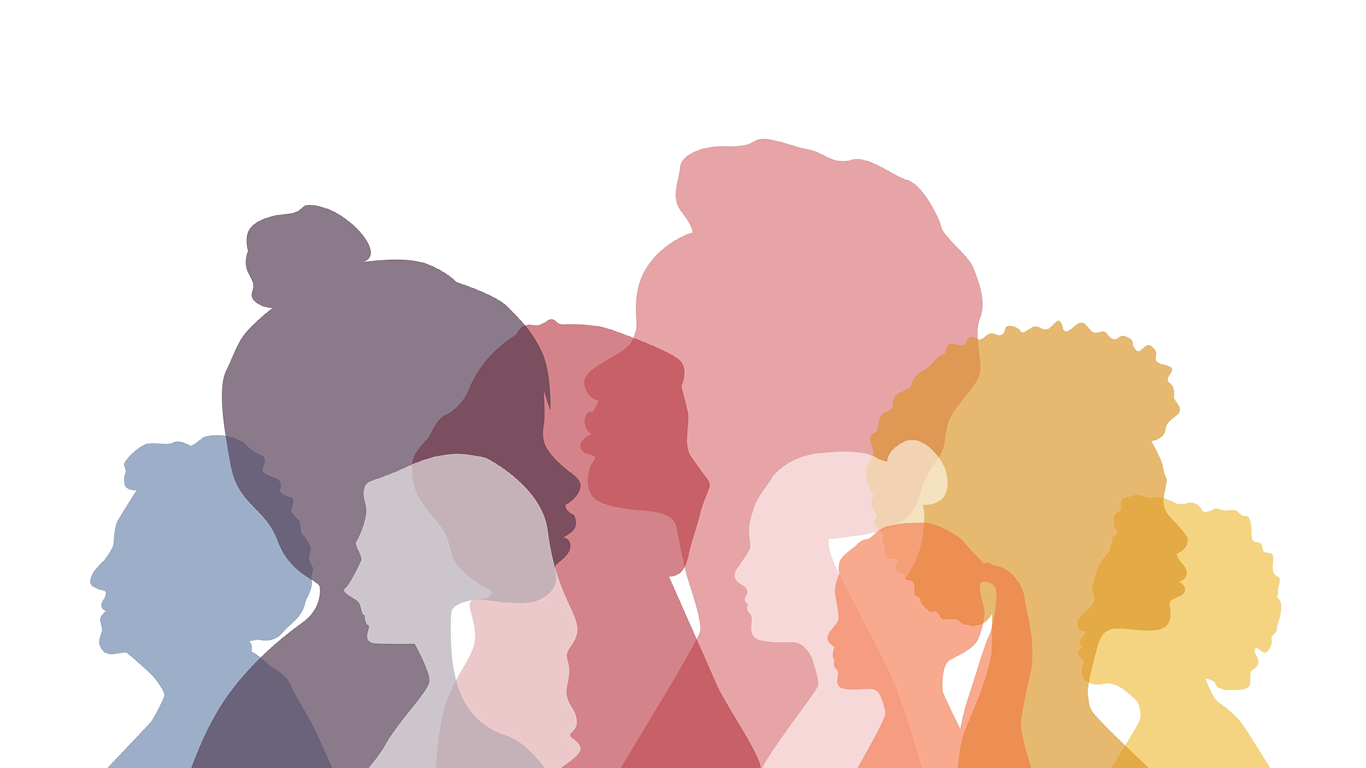
March 8 is International Women’s Day, which is an opportunity to reflect on the social and economic achievements of the more than 20 million women who live in Canada.
The year 2025 marks the 30th anniversary of the Beijing Declaration and Platform for Action, which, according to UN Women, “is the world’s most comprehensive, visionary plan ever created to achieve the equal rights of ALL women and girls.”
The Beijing Declaration and Platform for Action, unanimously adopted in 1995 by 189 countries (including Canada) at the Fourth World Conference on Women, calls upon governments, the international community, and civil society to take strategic action in 12 critical areas of concern, including the education and training of women, women and the economy, and women in power and decision-making. Strategic objectives with concrete actions are proposed within each of these areas.
To mark International Women’s Day, let’s take a look at how Canada is doing with respect to certain critical areas of concern outlined in the Beijing Declaration and Platform for Action and how this compares with when it was adopted in 1995.
The educational attainment of women has increased since the mid-1990s
According to the Beijing Declaration and Platform for Action, “Equality of access to and attainment of educational qualifications is necessary if more women are to become agents of change.”
In Canada, the share of women aged 25 to 64 with a postsecondary certificate, diploma or degree has increased significantly since the mid-1990s. In 2021, 7 in 10 (70.0%) women had a postsecondary certificate, diploma or degree, compared with less than half (47.1%) of women in 1996.
Women’s educational attainment also increased at a faster pace than that of men over this period, with the proportion of men aged 25 to 64 with a postsecondary certificate, diploma or degree increasing from 50.6% in 1996 to 64.2% in 2021.
Women’s representation in certain science, technology, engineering, and mathematics occupations has more than doubled since 1995
A strategic objective of the Beijing Declaration and Platform for Action is to “eliminate occupational segregation and all forms of employment discrimination.” Under this objective, actions to be taken include “encouraging women to take up non-traditional jobs, especially in science and technology.”
In Canada women’s representation in science, technology, engineering, and mathematics occupations—which tend to be well paid and traditionally dominated by men—increased over the 1995-to-2024 period. Specifically, the proportion of those employed in professional occupations in natural and applied sciences who were women increased from 19.9% in 1995 to 25.7% in 2024.
Within this occupational category, women’s representation more than doubled over this period in professional occupations in natural sciences (from 21.7% in 1995 to 49.6% in 2024) and in professional occupations in engineering (from 7.8% in 1995 to 17.6% in 2024).
The gender pay gap in Canada has narrowed over time
Under the strategic objective of “eliminating occupational segregation and all forms of employment discrimination,” the Beijing Declaration and Platform for Action also calls for “increased efforts to close the gap between women’s and men’s pay.” In Canada, the average hourly gender wage gap among employees aged 25 to 54 has narrowed, although a gap persists. Women earned, on average, 88 cents for every dollar earned by men in 2024, compared with 81 cents in 1997.
Although women’s representation among ministers appointed to federal Cabinet has increased, women remain under-represented among members of Parliament
One of the strategic objectives of the Beijing Declaration and Platform for Action is to “take measures to ensure women’s equal access to and full participation in power structures and decision-making.”
In Canada, women’s representation among elected members of Parliament and ministers appointed to federal Cabinet has increased over the past decades. Women accounted for almost half of all ministers appointed to federal Cabinet in 2023, whereas almost 1 in 4 ministers were women in 2002. However, despite an increase of 10 percentage points over the 1997-to-2023 period (from 20.6% to 30.6%), women remain under-represented among members of Parliament.
In addition, the share of seats held by women in First Nations band councils increased from 22.9% in 1995 to 27.4% in 2019. Over this period, women’s representation among Chiefs in First Nations communities also increased (from 11.0% in 1995 to 18.5% in 2019).
Note to readers
This article summarizes findings from different data sources that use measures of “sex” or “gender.” The Labour Force Survey used the “sex” variable up to December 2021 and the concept of “gender” from January 2022 onward. The Census of Population used the “sex” variable prior to 2021, with the “gender” variable introduced in 2021. Data related to the representation of women elected to national Parliament and of ministers appointed to federal Cabinet use the “gender” variable, while data related to women’s representation in First Nation band councils and Chiefs in First Nation communities use the “sex” variable.
Although “sex” and “gender” refer to different concepts, the terminology related to gender is used throughout this article for ease of reading. For more information on these different concepts, see Age, Sex at Birth and Gender Reference Guide, Census of Population, 2021.
Given that the non-binary population is small, data aggregation to a two-category gender variable is sometimes necessary to protect the confidentiality of responses. In these cases, individuals in the category “non-binary people” are distributed into the other two gender categories.
Contact information
For more information, contact the Statistical Information Service (toll-free 1-800-263-1136; 514-283-8300; infostats@statcan.gc.ca) or Media Relations (statcan.mediahotline-ligneinfomedias.statcan@statcan.gc.ca).
